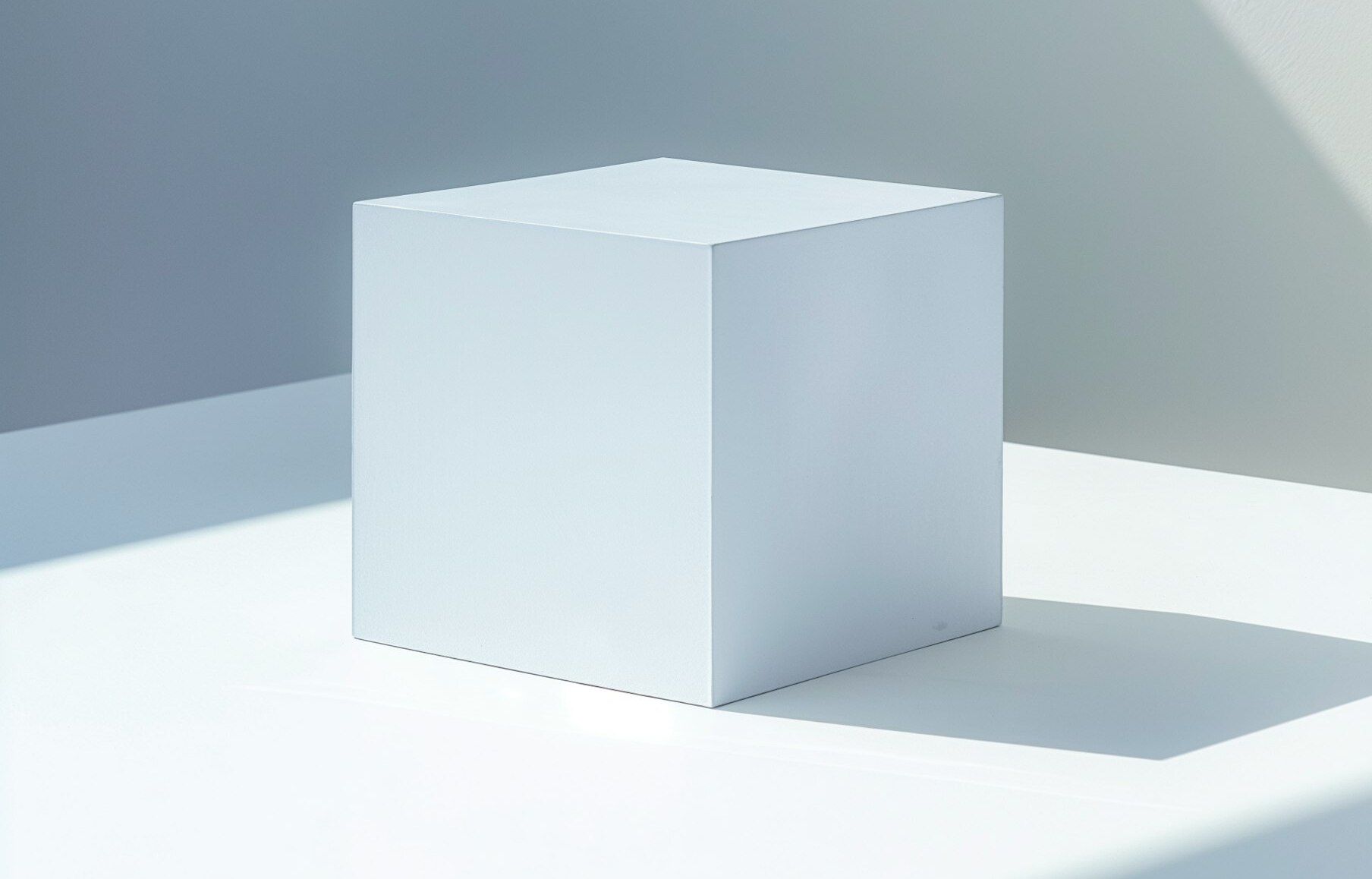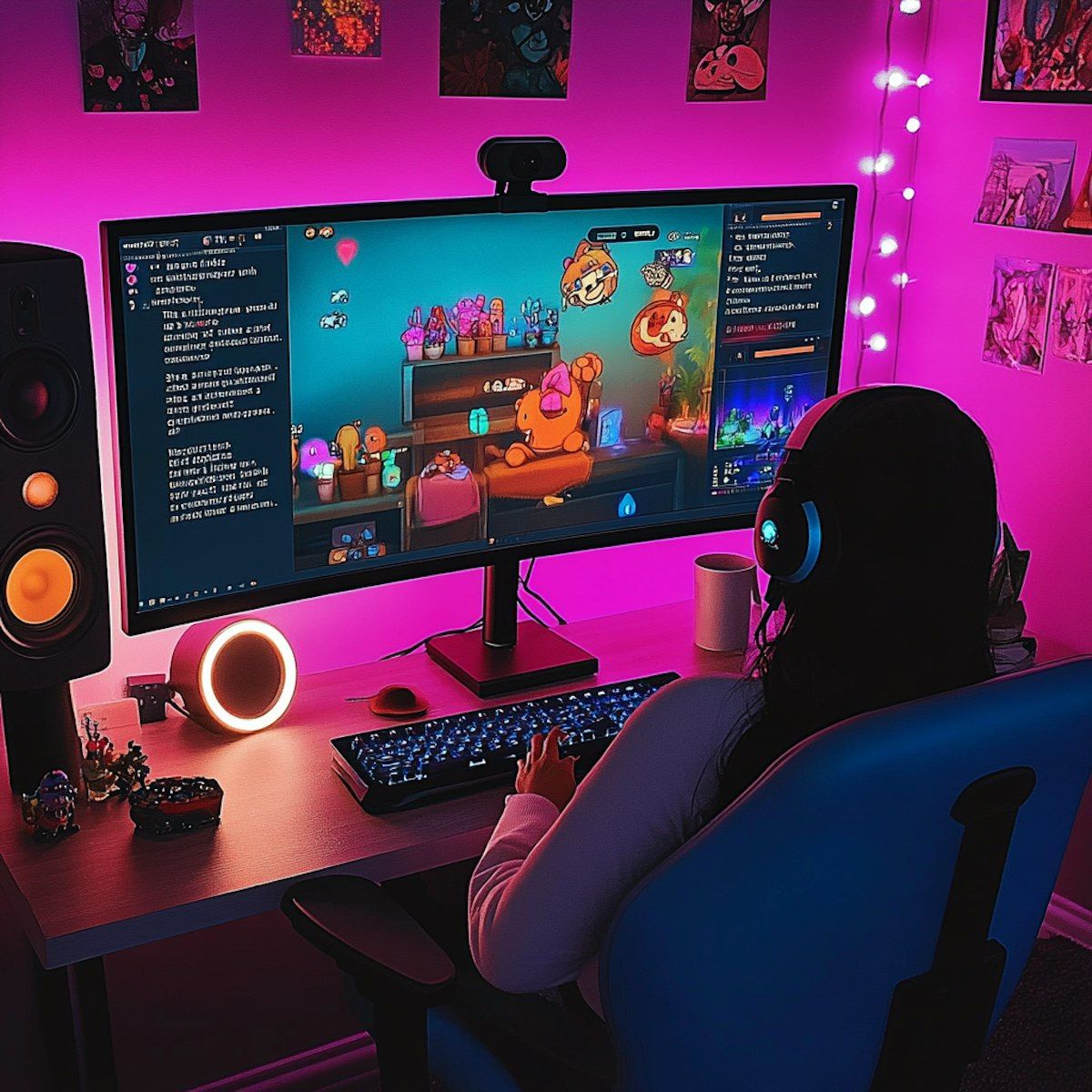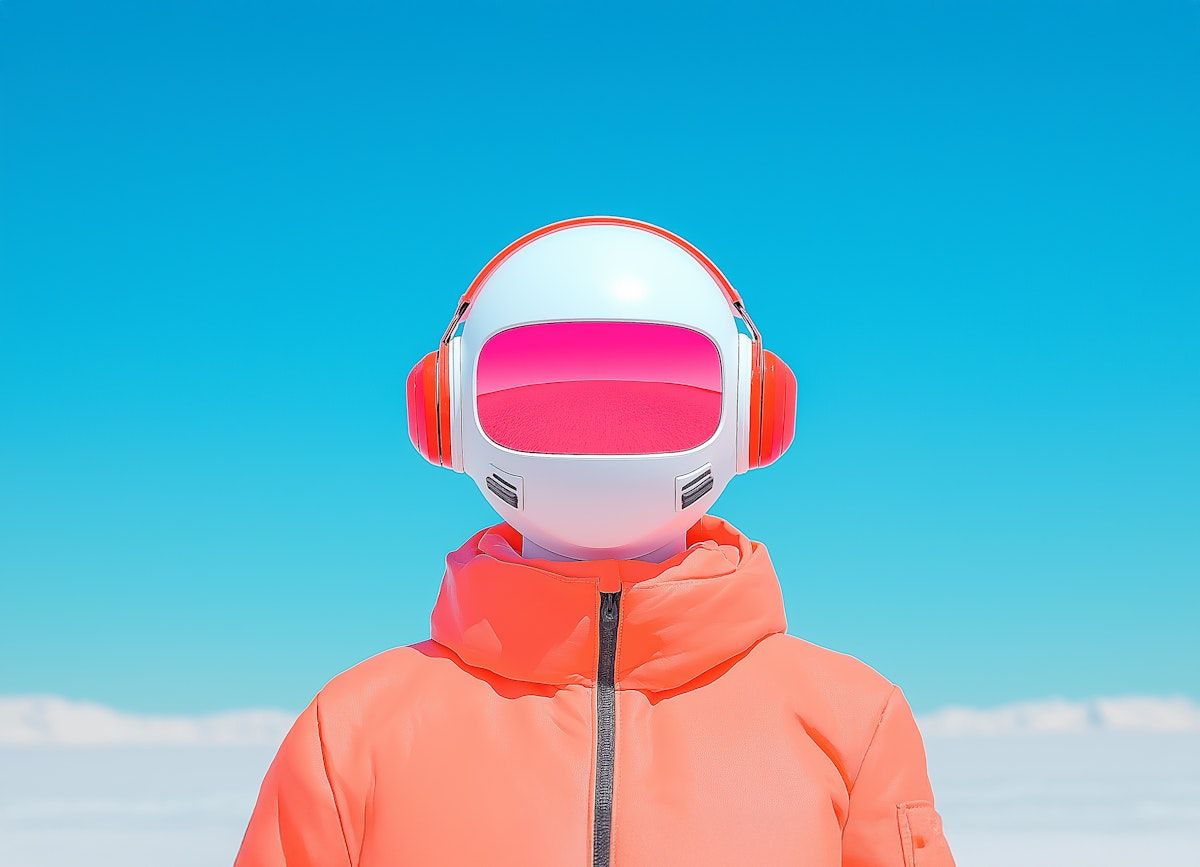
3D Visualizations for Architects - 5 Benefits
...
Discover the world of 3D graphics from the ground up – the most popular software, applications in games, films, and design, and a practical FAQ. A perfect introduction for beginners and beyond.
3D graphics is a field that has completely transformed the world of digital creation.
From special effects in films to architectural visualizations and product design – 3D allows artists and engineers to represent reality (and fiction) in a realistic and engaging way. This guide will walk you through the most important software, applications, processes, and current trends.
VH-Info – Top 8 3D Design Software 2024
Spidersweb – The Witcher 3: Wild Hunt – Behind the Scenes
Publishing School – Examples of 3D Graphics Applications
Rend.Pro – 3D Visualization Blog

3D graphics is the digital creation of models, scenes, and animations in three-dimensional space. It includes object modeling, texturing, lighting, animation, and rendering (the creation of the final image or animation).
Free and open-source all-in-one program.
Ideal for beginners and professionals.
Supports modeling, sculpting, animation, simulations, and rendering.
Includes rendering engines: Cycles and Eevee.
Professional tool, a standard in the film and animation industry.
Advanced animation, rigging, simulations, and rendering (Arnold).
Used by film studios and AAA game developers.
Powerful tool for modeling and visualization.
Popular in architecture and game design.
Supports V-Ray and Arnold as rendering engines.
Simple and intuitive interface.
Ideal for motion design, advertising animation, and TV projects.
Includes Physical Renderer and Redshift engines.
Specialized tool for 3D sculpting.
Used in character creation, creatures, and detailed objects.
Works well with other programs like Blender or Maya.
| Program | Best for... | License | Difficulty |
|---|---|---|---|
| Blender | All-in-one, free projects | Free | Medium |
| Maya | Film animations, rigging | Paid | High |
| 3ds Max | Visualizations, game environments | Paid | Medium |
| Cinema 4D | Motion design, advertising | Paid | Low |
| ZBrush | Characters, details, sculpting | Paid | Medium |
In practice, professionals often combine several tools. Example workflow:
ZBrush for sculpting → Blender/Maya for animation → Substance Painter for texturing → Unreal/V-Ray for rendering.

Character, environment, and animation creation.
Engines like Unreal Engine and Unity allow real-time rendering.
Ray tracing, motion capture, and physics are standards in AAA game production.
Special effects (VFX), character animation, and digital scenery.
The production pipeline includes modeling, rigging, animation, rendering, and compositing.
Virtual production using LED walls and 3D engines is a new trend in Hollywood.
CAD modeling, prototyping, analysis, and 3D printing.
Architectural and marketing visualizations.
Augmented reality (AR) and digital twins.

3D graphics is a rapidly evolving field offering endless creative and technological possibilities. Whether you're a designer, game developer, filmmaker, or engineer – mastering the basics of 3D graphics can significantly expand your professional opportunities.
It’s a computer technique for creating three-dimensional models, scenes, and animations.
No. Drawing skills can help but are not required. Imagination and a willingness to learn are key.
Blender is most commonly recommended for beginners.
Games, films, animation, architecture, medicine, industry, e-commerce, and more.
Yes, Blender is completely free and open-source.
At least 8 GB RAM and a dedicated graphics card; the more, the better.
You can learn the basics in a few weeks, but mastering advanced techniques takes months or years.
Yes, many artists work as freelancers or in animation, gamedev, and advertising studios.
Basic math is helpful, but not essential to start.
It’s the process of converting a 3D model into a finished image or animation.
Modeling builds the object’s mesh; sculpting shapes fine details like with clay.
YouTube (e.g., Blender Guru), Udemy, Coursera, software documentation.
Yes, but a graphics tablet makes sculpting and texturing easier.
It’s a method of applying textures to 3D models by "unwrapping" them onto a 2D surface.
Most popular: .obj, .fbx, .blend, .stl, .dae, .gltf.
Book a free consultation.
Sign up now for our free RendProletter and receive 1 email every week with a short summary of the best posts from our blog and emails with unique offers you won't find anywhere else!